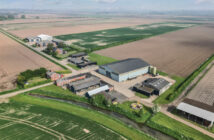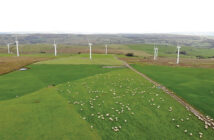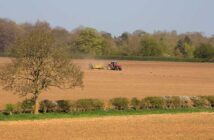Improved 23 and 24 farm margins are predicted after Strutt & Parker updated its arable farm profitability model.
It has revised harvest 23 and 24 results, initially calculated in June, based on current market conditions. This is mainly due to revised variable and fixed costings but agri-environment income is budgeted to increase by 30% for harvest 2023 and by a further 10% for harvest 2024, due to increased options released for SFI attracting more farmers into agreements.
The analysis shows that the net margin – which can be considered to be the equivalent of profit, before rent and finance – for an average-performing arable farm for harvest 2024 is expected to be £258/ha. This compares with an estimated net margin of £208/ha for Harvest 2023.
Meanwhile, the 2024 net margin for a higher-performing farm business is forecast to be £475/ha, compared with £416/ha in 2023.
“Estimated profits for 2023 and 2024 are higher than the forecasts we made in June, which will be welcome news as Basic Payments continue to reduce. However, net margins remain well below 2021 and 2022 levels and much closer to where they were in the late 2010s,” says Tom Coate, farm consultant with Strutt & Parker.
He believes the figures for the high-performing businesses emphasise the value for growers of drilling down into the detailed performance of their business to find where there may be opportunities to cut costs or improve efficiency.
“The estimated net margin of the higher-performing business for Harvest 2023 is twice that of an average-performing business (£208/ha vs £416/ha), and it is forecast to be 84% higher for Harvest 2024 (£258/ha vs £475/ha).
“While this is not a new message, it once again highlights the benefits of growers understanding their costs of production and monitoring fixed costs.”
“Working capital requirements for farms, which are variable and fixed costs, have risen by 40% to £173,604 in 2023 for an average performing 131 ha farm, compared with the 2021 baseline. We expect this to reduce in 2024 but still remain 28% higher than the baseline. This puts extra pressure on a farm’s cashflow and finance requirements,” he concludes.




